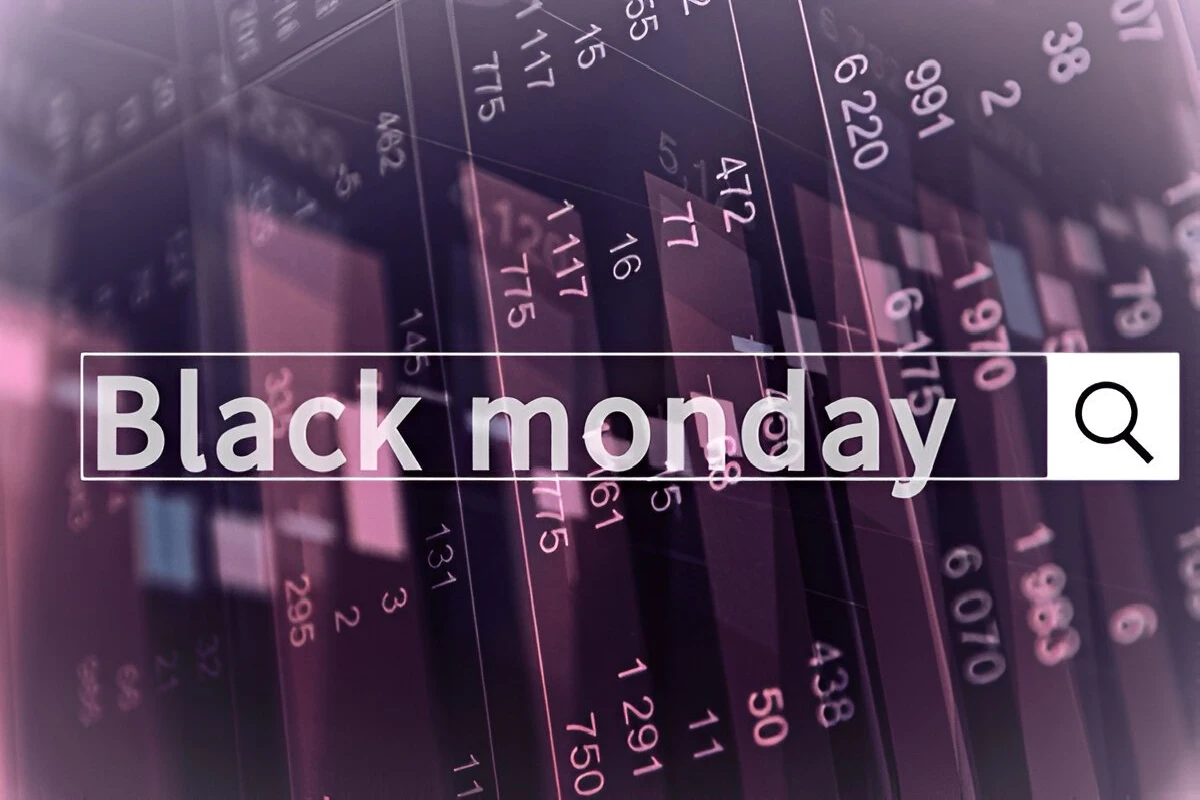Black Monday 2.0? Understanding the 1987 Crash Amid Today’s Market Turbulence. Anything Relative?
Financial circles are again echoing with the spectre of “Black Monday” as the 1987 stock market crash happened again?
However, the fears of a similar market downturn have been exacerbated recently through the Trump administration’s aggressive tariff policies. As these economic shifts roll out and influence global markets, it’s essential to understand the historical news and current implications.
Understanding Black Monday: The 1987 Stock Market Crash
In history, the most significant stock market crash was on October 19, 1987, when the Dow Jones Industrial Average (DJIA) dropped by 22.6% within a day, a record breaking fall of stocks registered till date that plunged world financial markets into a state of chaos.
The declaration of this event as “Black Monday” came after losses worldwide had occurred with markets in Hong Kong, Australia, and the United Kingdom falling 45.8%, 41.8% and 26.4% respectively.
The crash had been caused by a confluence of several factors: a worldwide increase of interest rates, a large and growing U.S. trade deficit and the growing use of computerized program trading, which magnified market volatility.
That said, no single fundamental cause could be pointed out, it simply happened because of a combination of economic indicators and trading behaviors.
Parallels Between 1987 and Current Market Conditions
Fast forward to April 2025 and financial analysts are starting to draw eerie similarities between the events that happened prior to Black Monday and today’s market.
Almost exactly one month ago, the Trump administration put into effect sweeping tariffs that include a 10% baseline tariff on all imports and additional rates on specific countries like China and the European Union, throwing the market into fears of a looming global trade war. China’s retaliatory tariffs have greatly escalated the tensions and are adding to market volatility.
CNBC host Jim Cramer has shared worries this may end in a market crash such as that of 1987. Without corrective action, the aggressive tariff strategy could set off a Black Monday scenario, he emphasized.
Market Reactions and Investor Sentiment
Within a couple of days of the tariff announcements, the DJIA slumped to over 2,200 points, one of the steepest nose dives since COVID-19. Other losses were seen in the S&P 500 and the Nasdaq as investors were broadly anxious.
Deep concerns have been expressed by financial leaders. CEO of BlackRock Larry Fink said many CEOs think the U.S. may already be in a recession because tariffs created market instability. Billionaire investor Bill Ackman also cautioned that the continuation of existing tariff policies could result in ‘an economic nuclear war’, which ‘will not only collapse global relations but also investment.’
Protective Measures and Circuit Breakers
Mechanisms such as trading curbs and circuit breakers were introduced by regulatory bodies in response to the 1987 crash to prevent panic selling and excessive market volatility. The objectives of these are to emulate a time out in falling market conditions in order to give investors time to reconsider their options and make better decisions.
However, amid renewed turbulence on markets these safeguards are being brought into question. Though they serve as a buffer against sharp crashes, the underlying economic policies behind present market attitudes are all the rage among most analysts and investors.
Investor Strategies Amid Uncertainty
Financial advisors advise to exercise caution given the elevated market volatility. Portfolio diversification, emphasis on a long time horizon of investment, and avoiding acting on impulse to short term market fluctuations are recommended strategies.
In the past, markets have tended to bounce back from time to time after declining. A disciplined investment approach can help to work through the uncertainties.
Times Ahead
The echoes of Black Monday serve as a stark reminder of the potential for rapid market downturns amid economic policy shifts. However, in these uncertain times with such recent tariffs being introduced, investors and policymakers need to keep their eyes open.
In order to mitigate risks and ensure market stability in these uncertain times, a balance of protective measures and proactive strategies will be key.



